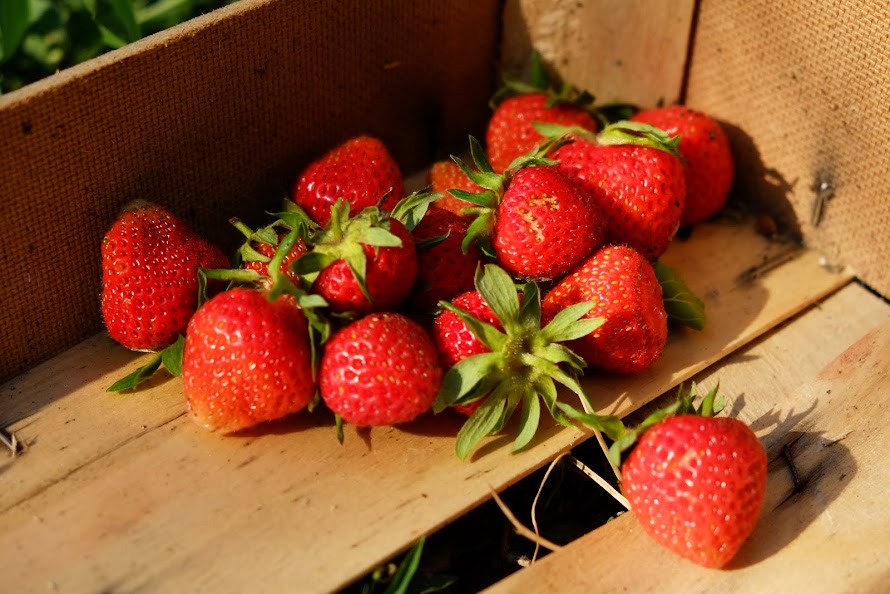It’s been awhile since my last post, hasn’t it?! I blame
this lapse on organic chemistry – it is quite the challenge!
I was inspired to write this post because my friend told me
he had found out he has high cholesterol levels. Cardiovascular diseases,
including high cholesterol is common in my family, too and according to the
American Heart Association, cardiovascular diseases are the biggest cause of
death in the U.S., to which high cholesterol levels in the blood contribute (1).
I myself had just a slightly elevated cholesterol level a few years ago, before
I had become fully vegetarian. Now my cholesterol level is in great shape, not
just because I am a vegetarian, but because overall I have improved my eating
habits quite a bit since then.
 |
| Oatmeal a'la Herbivore: banana, cinnamon and non-dairy milk |
Cholesterol is a substance that we need – it is an essential
part of every cell in our bodies. Also, cholesterol is used by our bodies to
make steroid hormones, which are necessary for many bodily functions and it is
a part of bile, which helps fat absorption in the small intestine. However, our
bodies are able to produce cholesterol and thus we don’t need to consume it in
our diets. It is OK to eat some every day and the daily allowance recommended
by many organizations, such as the American Heart Association, is 300mg per
day, or as little as possible (2: 200-201).
All animal based foods contain cholesterol. Some of the
biggest sources are eggs, shrimp and red meat – just one egg provides 200 mg of
the daily recommendation of 300mg. Plant based foods don’t contain any
cholesterol, and in fact they can help you lower your cholesterol levels (2: 200-201).
Here is a quick list of some of the foods that can help control cholesterol
levels.
1.
Soluble fiber. Oats, legumes, fruits and berries
are great sources of soluble fiber. Soluble fiber binds bile (whose one
ingredient is cholesterol) in the small intestine and prevents its reabsorption,
thus helping to reduce cholesterol levels. A sudden increase in fiber might
cause some gassiness and bloating, but our bodies are remarkable in that they get
used to it very quickly and the gassiness and bloating tend to go away if the
high fiber diet is maintained (2: 157). Check out my very first blog about
oatmeal for tips how to make oatmeal delicious!
2.
Omega-3 fatty acids. They cannot be produced by
the body. They increase the levels of “good cholesterol” (HDL’s), which carry
excess cholesterol away from the tissues to the liver. Good sources are flax
seed, walnuts, chia seeds and fatty fishes (2: 203). I put ground flax seed
into my oatmeal, which is a very easy way for me to get my omega-3’s.
3.
Prefer vegetable oils high in unsaturated fat.
Polyunsaturated and monounsaturated fats are abundant in most plant oils, but
in animal fats saturated fats usually dominate. Poly- and especially monounsaturated
fats help to increase HDL levels similar to omega-3’s. Canola oil and olive oil
are excellent choices in the kitchen, but virtually all plant oils (except
coconut and cocoa butter) are rich in good fats (2: 201-202). I often put
avocado oil in my salad and if I make popcorn, I spray it with a small amount
of canola oil.
Thank you for reading! Hopefully my next post won’t take as
long as this one did!
As always, comments and questions are highly appreciated.
Love,
Anna-Kaisa
References:
1.
American Heart Association http://www.heart.org/HEARTORG/
2.
Byrd-Bredbenner, Carol. Moe, Gaile. Beshgetoor,
Donna. Berning, Jacqueline. Introduction
to Human Nutrition. The McGraw-Hill Companies, Inc. 2013. Print.
